About the HPAI Ringing Framework
The HPAI (highly pathogenic avian influenza) Ringing Framework has been developed to mitigate the risks that ringing activities may pose to birds during the bird flu outbreak.
- About the HPAI Ringing Framework
- The HPAI Forum and its role in developing the HPAI Ringing Framework
- Balancing the benefits and risks of monitoring
- How might ringing impact the transmission of HPAI?
- How are we minimising any transmission risk associated with ringing?
- How often are risk management measures reviewed?
What is the HPAI Ringing Framework?
The HPAI Ringing Framework provides mandatory guidance for bird ringers about operating during the current outbreak of avian influenza (2021–present).
It has been developed through discussions held at a BTO-convened HPAI Forum of both government bodies and non-governmental organisations (NGOs).
Continued monitoring is of vital importance for understanding how birds are being impacted by highly pathogenic avian influenza (HPAI). However, it is important that we understand and mitigate any risks to birds that ringing activities may pose, particularly during an outbreak of disease.
The mandatory guidance in the Framework allows the continued collection of valuable data, while mitigating any possible risks to birds that this may pose.
- The Framework focuses on balancing the benefits and risks of monitoring to birds. BTO provides separate advice for survey participants to help them manage any risks they are exposed to during the course of their fieldwork.
The HPAI Forum
In June 2022, BTO convened an HPAI Forum that includes representation from:
Government agencies
- Statutory Nature Conservation Bodies (SNCBs) – Isle of Man Government, National Parks & Wildlife Service, Natural England, Natural Resources Wales, NatureScot and Northern Ireland Environment Agency
- The Animal and Plant Health Authority (APHA)
- The Joint Nature Conservation Committee (JNCC)
- The Department for Environment, Farming and Rural Affairs (Defra)
Non-governmental organisations (NGOs):
- The Royal Society for the Protection of Birds (RSPB)
- The National Trust
- The National Trust for Scotland
The HPAI Forum meets fortnightly to exchange information about the current status of the outbreak, identify possible transmission risks and explore mechanisms by which these could be reduced. Discussions at the Forum have enabled BTO to devise the HPAI Ringing Framework, reviewed and ratified by the other Forum participants.
Balancing the benefits and risks of monitoring
Ringing activities generate a huge amount of information concerning the survival rates, breeding success and movements of birds. This information is essential to monitor the impact of threats such as climate change and habitat loss, and also of diseases such as HPAI.
- Recoveries of dead ringed birds have been used during the current outbreak to identify affected populations, and provide an initial indication of changes to mortality rates.
- Resightings and recaptures of live ringed birds will help researchers predict how populations might fare in the future.
The power of these datasets to support conservation efforts stems from the fact that volunteers have operated continuously for a very long time. Even a short disruption can have significant impacts on the datasets’ value, particularly if it happens at a time when survival rates are declining rapidly due to a virus.
It is essential to acknowledge, however, that ringing activities have the potential to increase the risk of transmission between individual birds.
How might ringing impact the transmission of HPAI?
HPAI is transmitted between birds via bodily secretions and faeces.
The primary risk ringing activities might pose is the transmission of the virus from an infected to an uninfected bird, or from site to site, on ringers’ hands or equipment. Any additional risk of transmission between individual birds during ringing activities is likely to be greatest for species that do not naturally come together in close proximity, such as birds of prey.
There is a possibility that disturbance due to ringing and monitoring activities may lead to local movements of birds, potentially transmitting the virus to a new site. Expert opinion suggests that this is unlikely to have a significant additional impact on transmission rates, however, as birds are most likely to relocate to sites that they would naturally frequent anyway.
How are we minimising any transmission risks associated with ringing?
Discussions at the HPAI Forum have enabled BTO to devise an HPAI Ringing Framework, reviewed and ratified by the other Forum participants. The Framework and related updates are disseminated to all bird ringers, regardless of whether they are operating in a professional or voluntary capacity.
The Framework focuses solely on the mitigation of risks posed to birds, and aims to reduce risk through:
- Reducing the potential for ringers to come into contact with infected individuals, and therefore potentially spread the virus further;
- Minimising the risk of transmission via hands, clothing or equipment, should an infected bird be encountered.
As the risks vary according to species ecology and ringing activity, and are often dependent on species group, mitigation measures outlined in the Framework are specific to each of eight main taxonomic groups: seabirds; wildfowl; waders; gamebirds; herons and egrets; raptors and owls; passerines (perching birds) and near-passerines; and corvids. Note that, although corvids (the crow family) are passerines, they are considered separately in the Framework due to their tendency to scavenge on dead carcasses and their resultant increased risk of encountering the disease.
However, the main mechanisms by which risks are minimised are common across all taxonomic groups.
The main mechanisms for minimising risk
Liaison
Ringers must ensure they are in regular contact with landowners and managers. This ensures that they are aware of the presence of symptomatic or unusually high numbers of dead birds, can take appropriate steps (e.g. cessation of activities until such time as no symptomatic birds are present), and are aware of changes to access agreements as decided by the landowner or manager.
Reconnaissance
For taxonomic groups considered to be at the highest risk of infection (e.g. seabirds and wildfowl), ringers must undertake a recce visit or liaise with on-site landowners or managers before any ringing commences, to check for any evidence of diseased birds. Ringing should not then take place if symptomatic live birds, or unusually high numbers of dead birds, are observed.
Sanitisation
Ringers must disinfect clothing, boots, hands and equipment at appropriate intervals, using government-approved products known to be effective against HPAI. The frequency of disinfection is determined by the type of ringing activity and the species being targeted, and a separate protocol is provided for each taxonomic group. The regular use of sanitisation products such as alcohol-based hand gel or wipes is also recommended.
Bird bags and sacks, which are used to hold some birds in a dark, calming environment while they wait to be ringed, must only be used once during each ringing session, and must be washed at a high temperature before they can be reused.
Cessation
If symptomatic birds are encountered during a ringing session, activities must cease immediately.
- All hands, clothing or equipment that may have come into contact with the diseased bird must be sanitised immediately.
- Symptomatic birds should be reported, preferably via BirdTrack, and any dead birds reported to Defra or DAERA as applicable.
Ringing activity must not be resumed at that site until a recce visit finds no symptomatic live birds, or unusually high numbers of dead birds, or the landowner or manager has confirmed there are no further signs of disease.
Suspension
If the SNCBs consider the prevalence of HPAI in a species or across a taxonomic group to be sufficiently high, they may impose a suspension of all ringing activities targeting that species or group until such time as the risk has reduced.
To date, suspensions have been imposed at a national scale, but the Framework allows the flexibility to implement regional suspensions. In addition, individual landowners may elect to manage risk locally by refusing access to ringers.
The SNCBs are also at liberty to grant exemptions from suspensions in their respective countries on the basis of applications made to them by individual ringers or ringing groups.
How often are risk management measures reviewed?
The HPAI Forum currently meets every fortnight but additional meetings may be called as required and the group is in regular contact via email.
At each meeting, the latest data and information about mortality across Britain and Ireland are presented, providing the opportunity to review mitigation measures.
Adjustments to the HPAI Ringing Framework can be proposed and ratified at the meeting on the basis of the evidence presented. Proposals for suspensions are tabled by the SNCB staff present and passed to their senior management for ratification.
Further information about avian influenza
Resources on our website:
- Visit our dedicated avian influenza page to learn about the disease, its impacts and our work.
- Read about avian influenza in 2021/22.
- Read the latest HPAI Workshop Report.
- Read about the findings of an independent expert Scientific Advisory Group which investigated avian influenza in Great Britain.
- Browse all our publications, appeals, blogs and articles about avian influenza.
Resources from BTO and our partners:
- The EURING migration mapping tool uses recoveries of birds marked with individually identifiable rings to map migration routes in both space and time for wild birds moving to and from Britain and Ireland.
Resources from external organisations:
- Information about the species affected and the locations of outbreaks are publicly available via the Government’s weekly APHA Avian Influenza reports and summarised in regular HPAI Outbreak Assessments.
- National government guidance, including actions for poultry keepers, is available for England, Scotland, Wales and Northern Ireland.
- Information about HPAI in Europe is reported by the European Food Standards Authority.
- Information about HPAI globally is reported by the World Organisation for Animal Health.


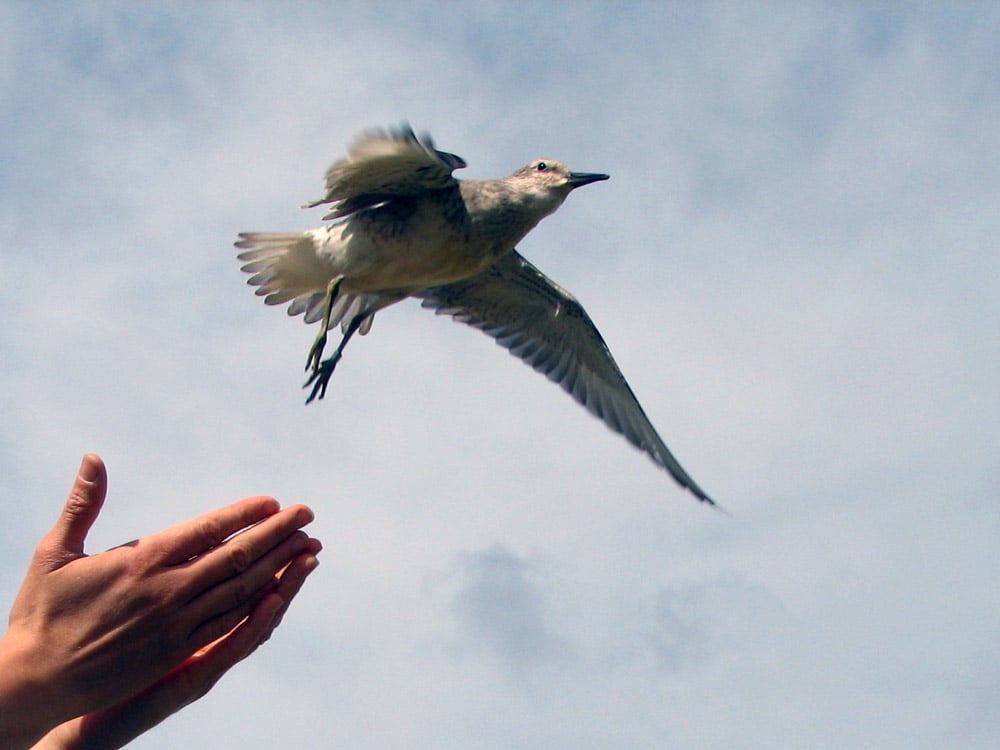
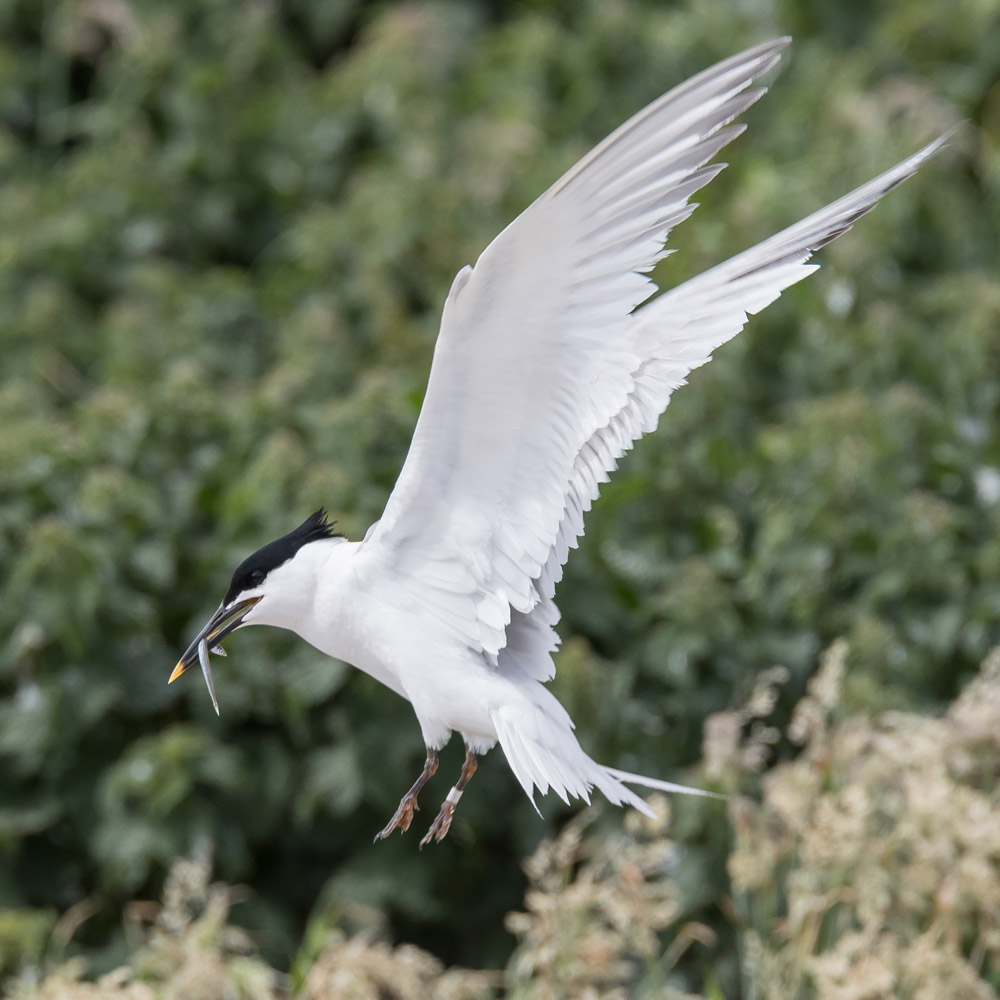
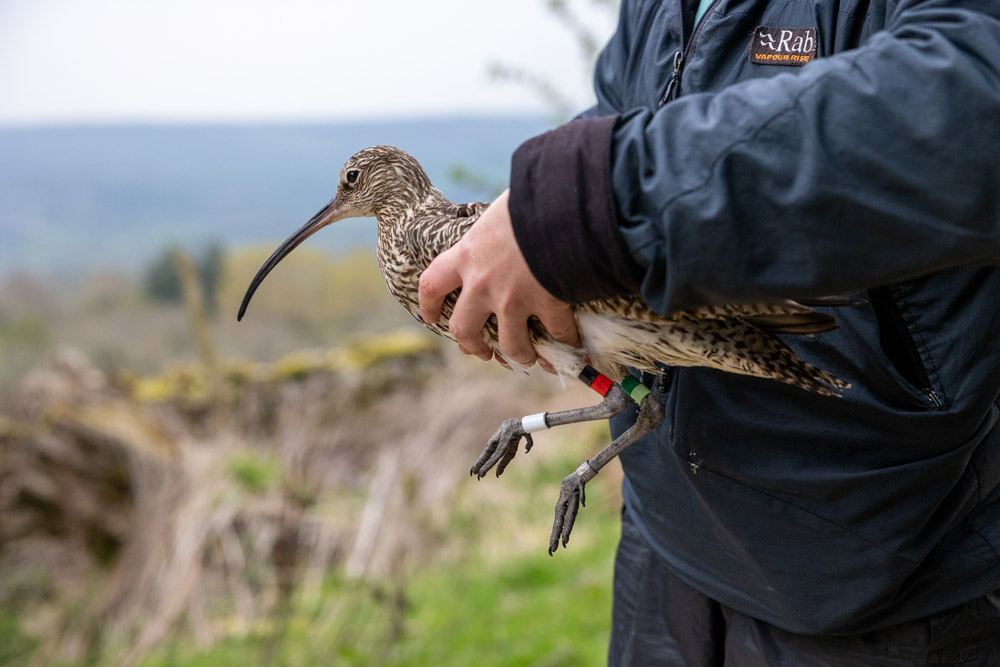

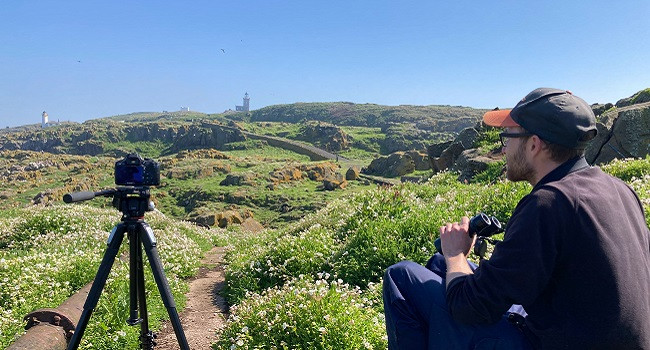
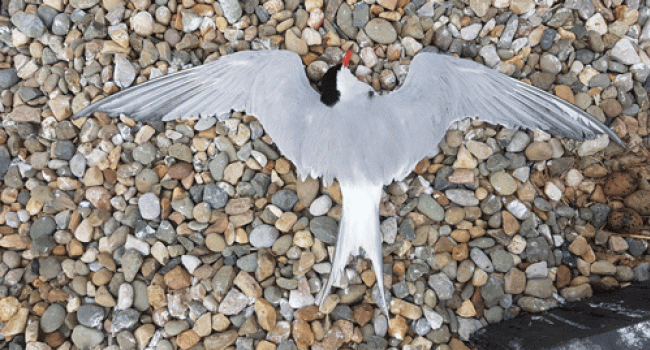

Share this page